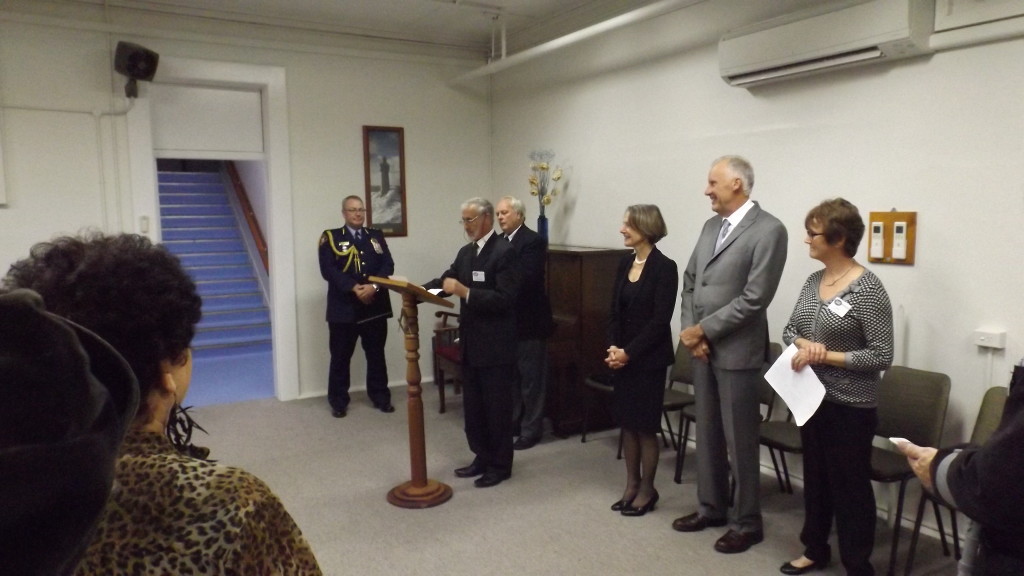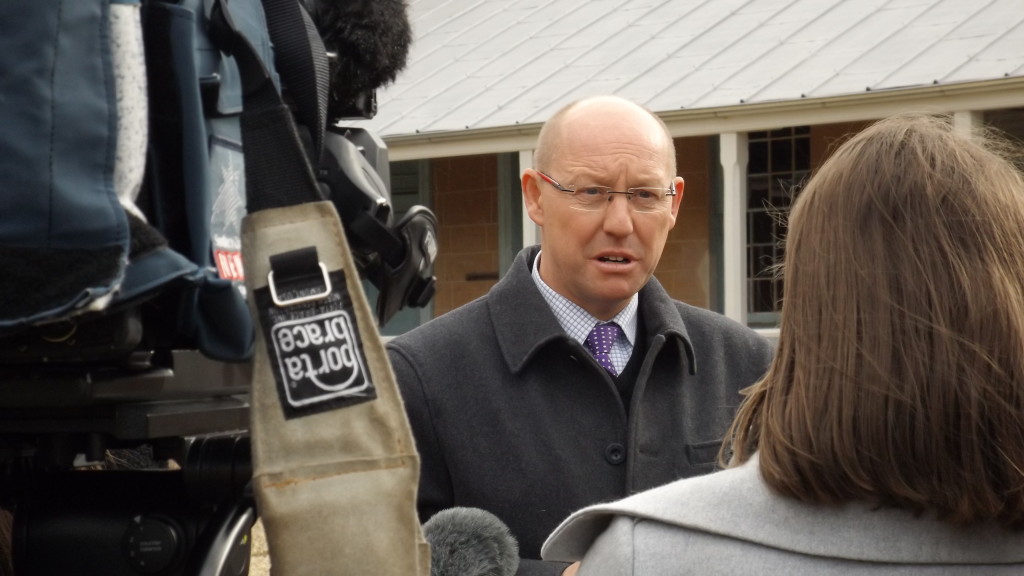Keep up to date on all things Archeology from Flinders University at Willow Court field school by subscribing to their student blog site. Each students writes about their experiences and the work they were involved in, discovering the hidden history of the site. Information that links the past to real people can be read here along with photos of articles and finds that inspire a student of Archeology and passionate enthusiast alike.
Each year the field school return to Australia’s oldest continually run hospital for the feeble minded and the invalid alike. The history is buried deep in our convict past, even the first staff were taken from the convict population, which set the site up for a brutal past history unlike asylums that were created for the free settler population.
Each year the work is more in depth and requires a lot more activity and equipment as the momentum builds toward a dig site.
The Derwent Valley Council should be congratulated on this partnership and it’s the sort of professional activity and development that is needed on the site. Based on the findings, tour groups can hear about real science based hypothesis that either supports or tells a different story to our already expanding written literature.
From this the best thematic interpreted tours and stories can be developed over the next ten years while the University use the site for their field school.
Click the picture below to access the blog site.
Picture of the Students working at marking out a grid before doing a Geophysics survey.
(c) Copyright 2015 mark krause.




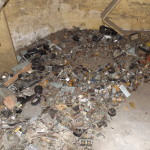


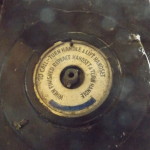
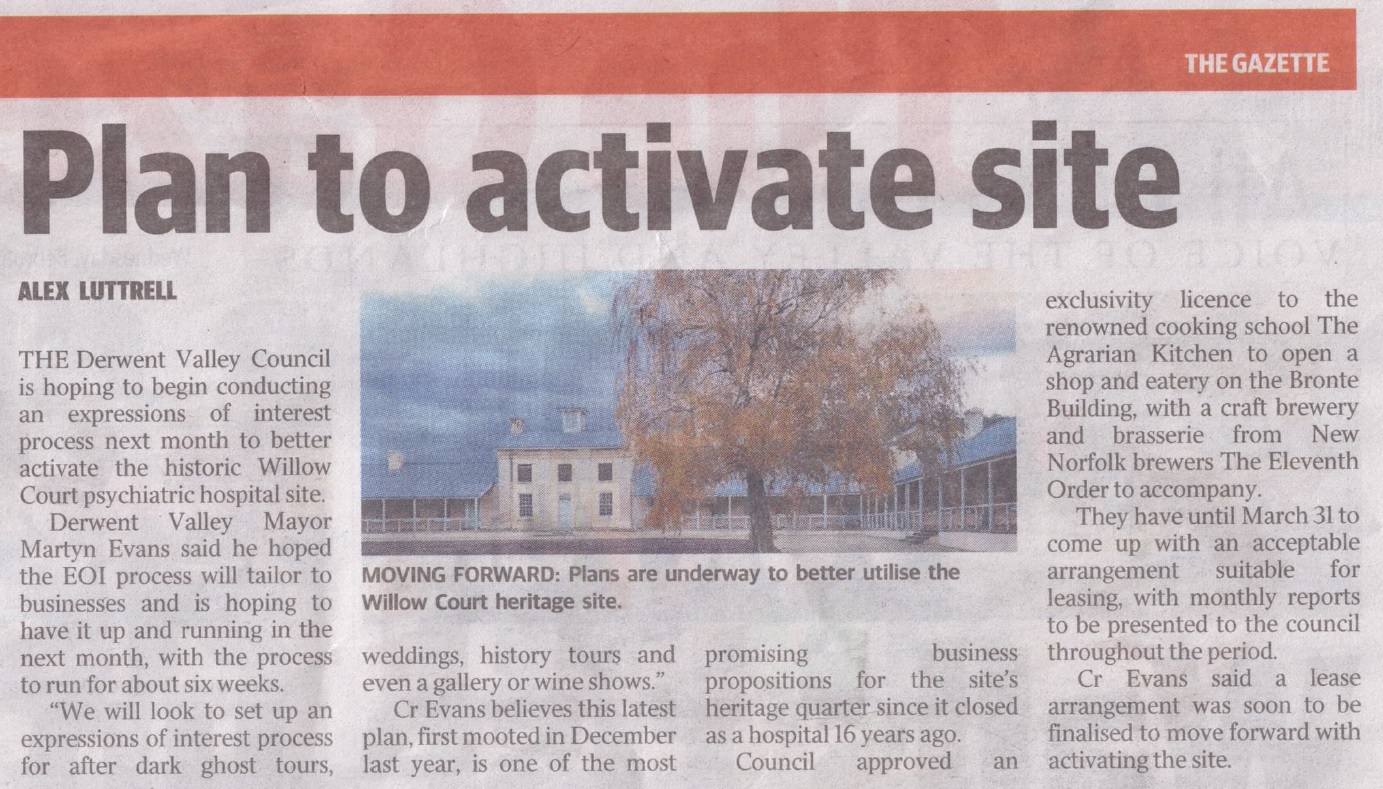
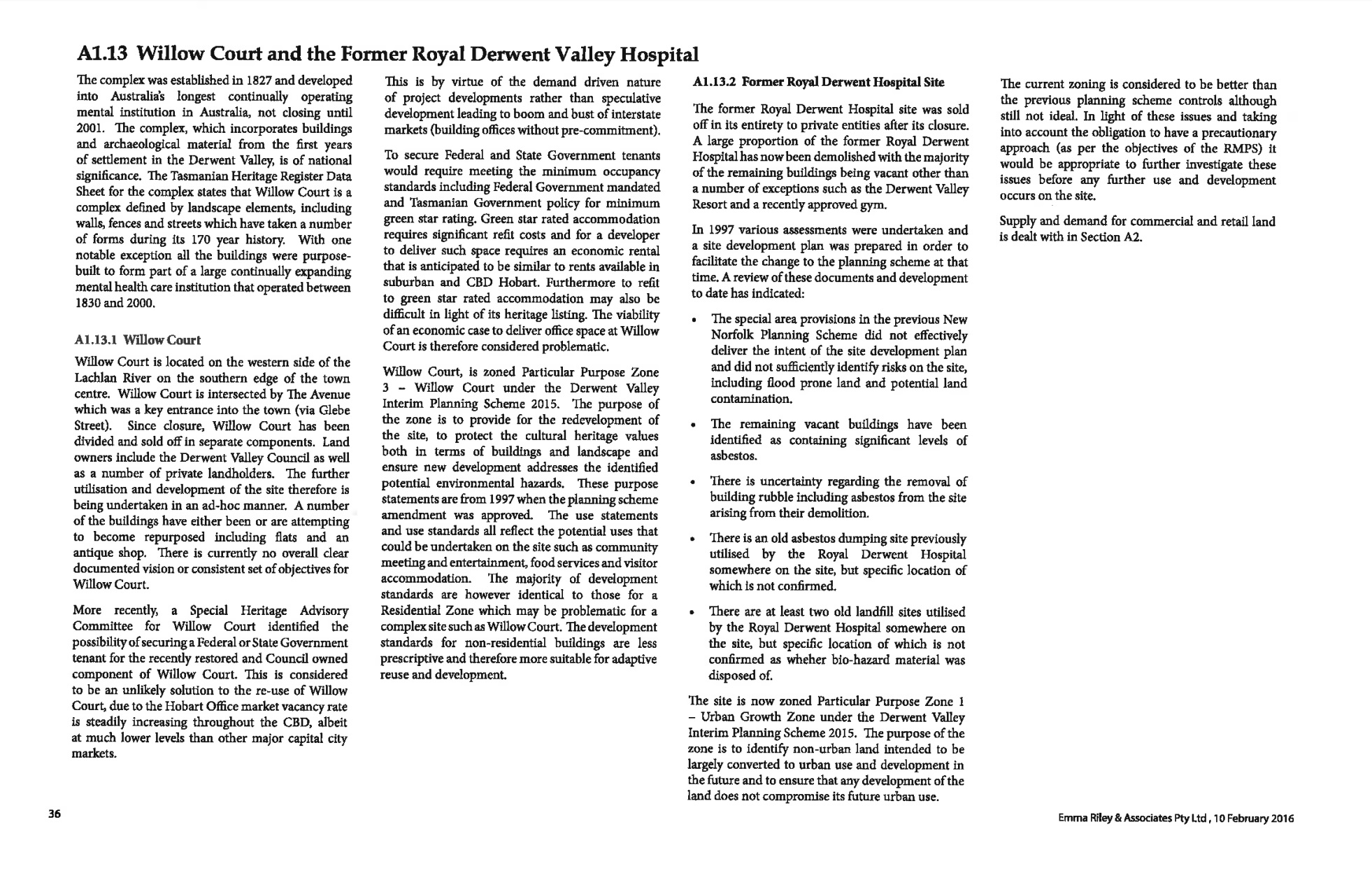
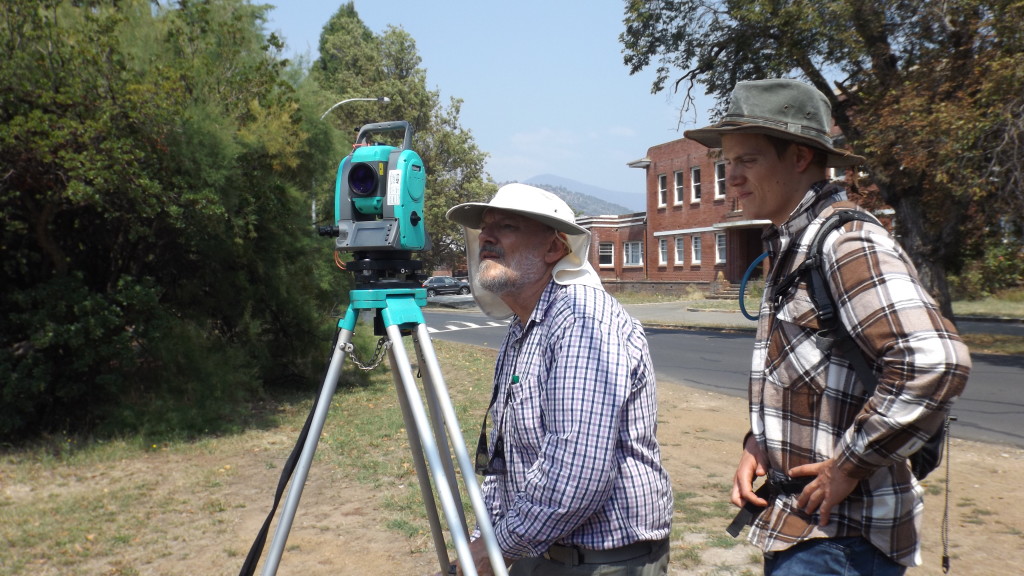
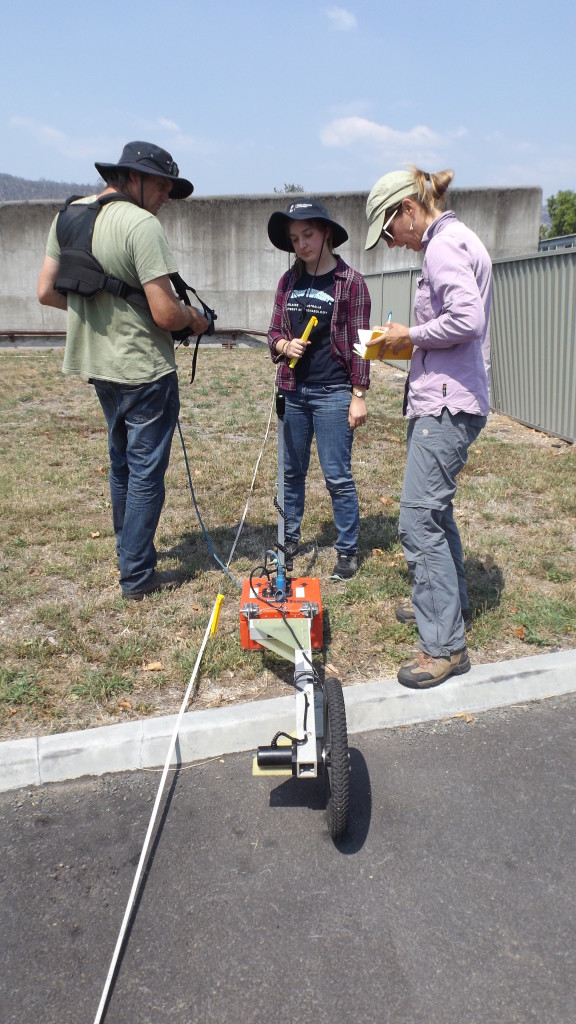 Logging each pass in the grid as a file
Logging each pass in the grid as a file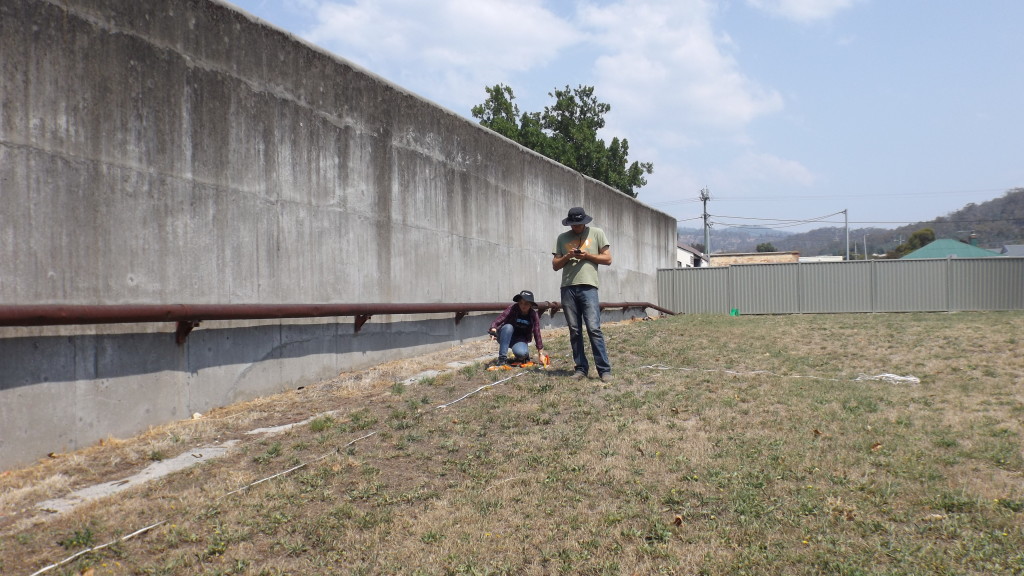 Students setting up the grid
Students setting up the grid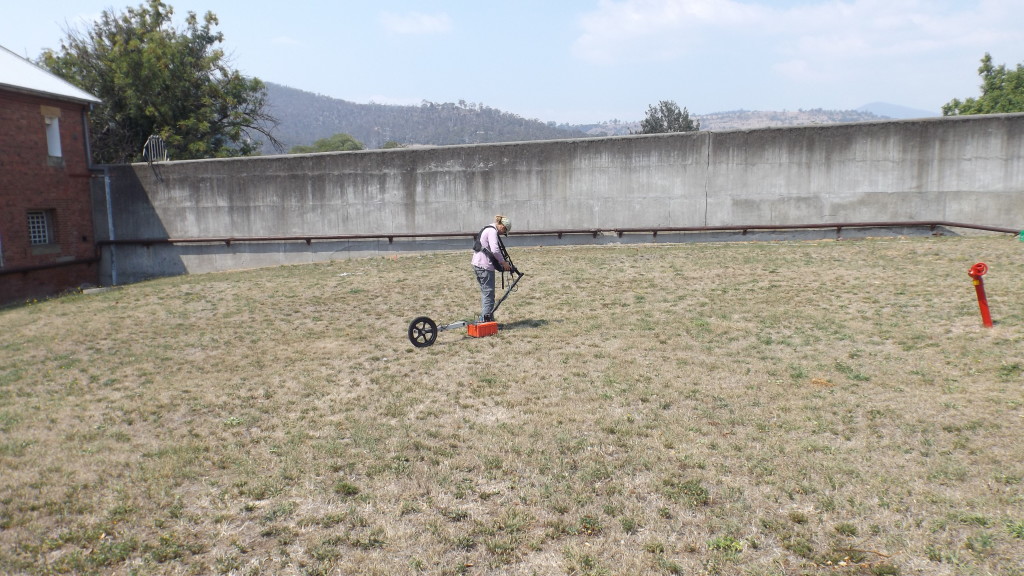 Calibrating the equipment
Calibrating the equipment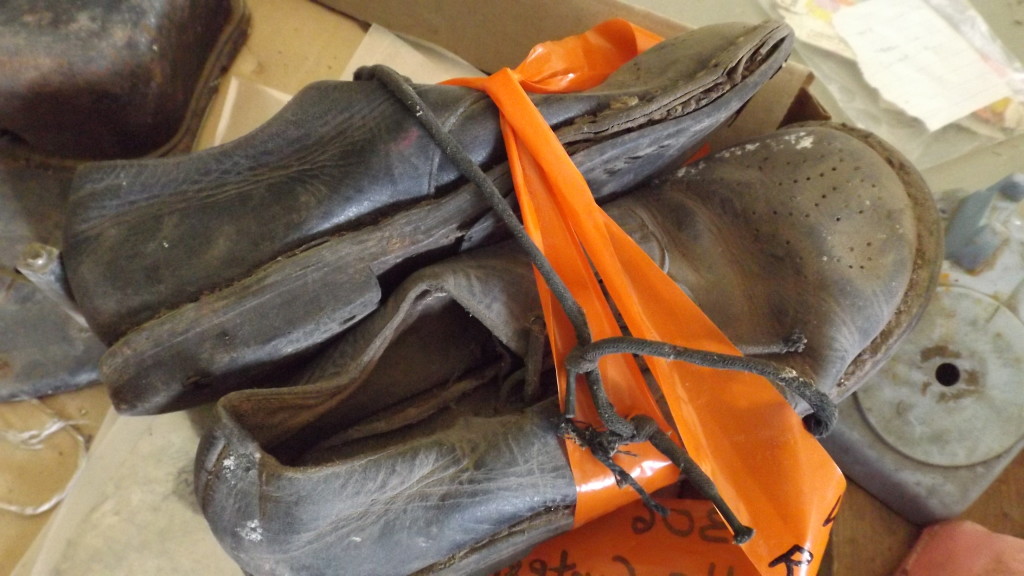
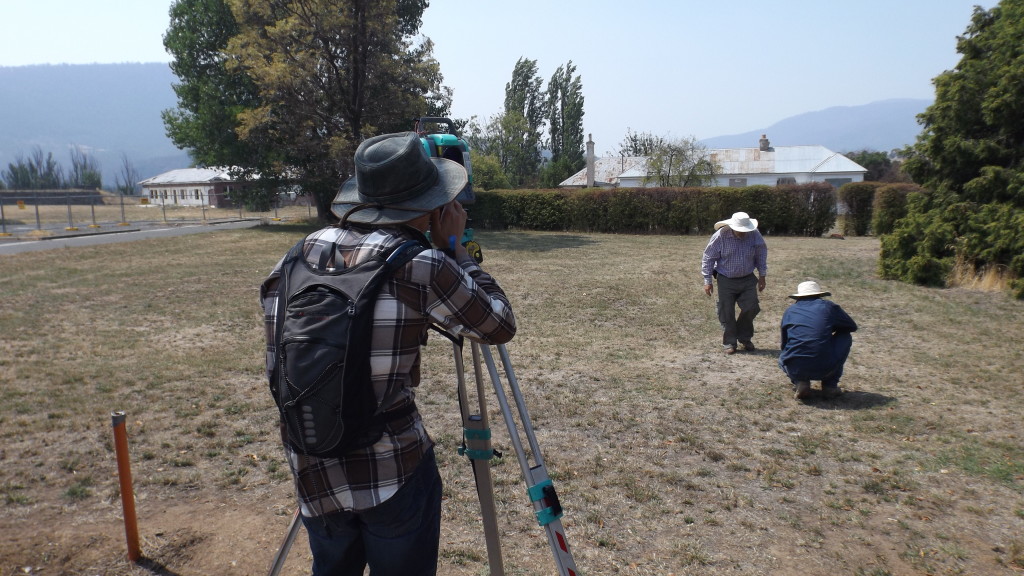
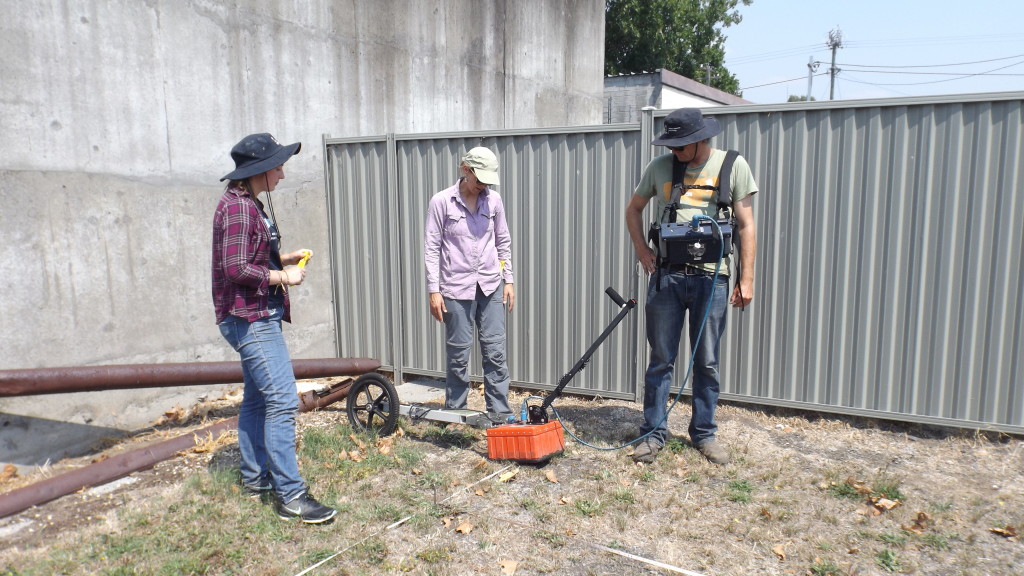
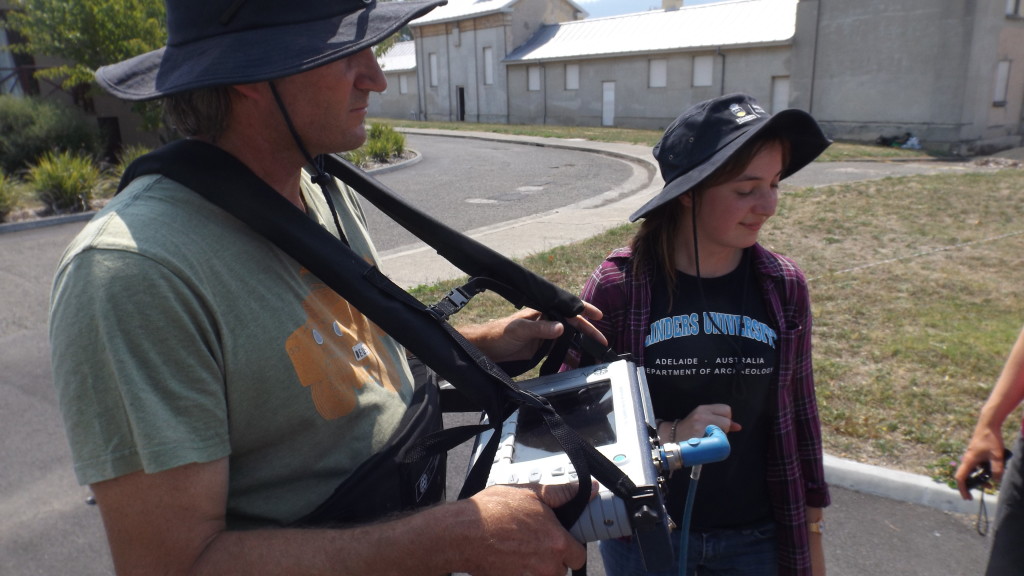
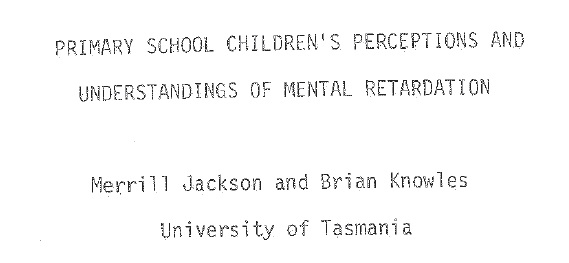
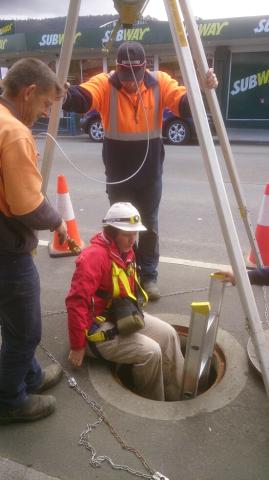 Looking forward to the next visit from Associate Professor Heather Burke and the team of Archaeology Students this February. Willow Court has much to reveal of it’s past through artifacts, be they in the ground or under the protection of the Derwent Valley Council or attached to the buildings themselves.
Looking forward to the next visit from Associate Professor Heather Burke and the team of Archaeology Students this February. Willow Court has much to reveal of it’s past through artifacts, be they in the ground or under the protection of the Derwent Valley Council or attached to the buildings themselves.